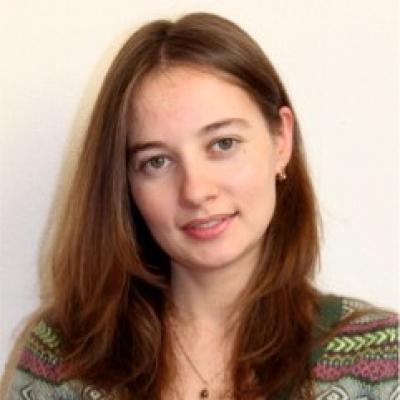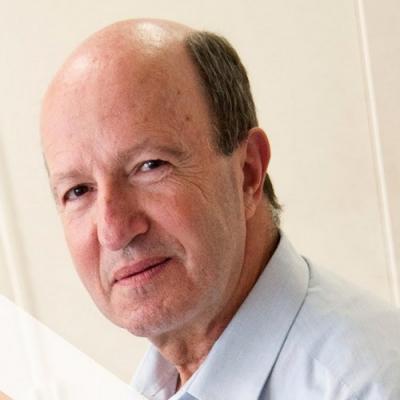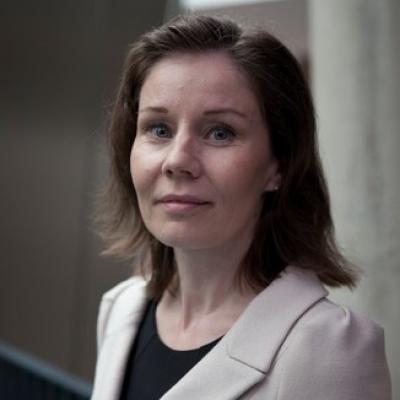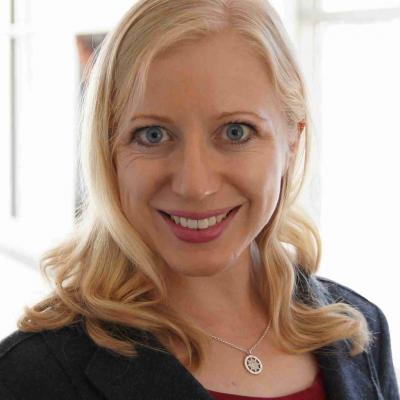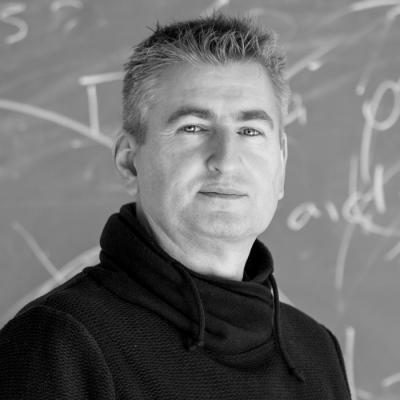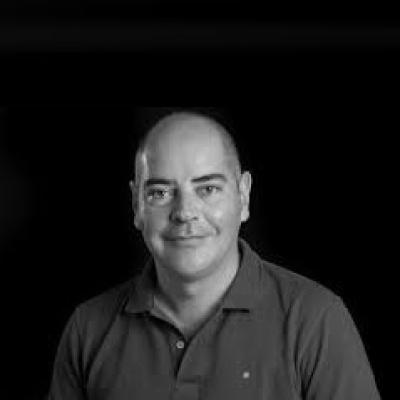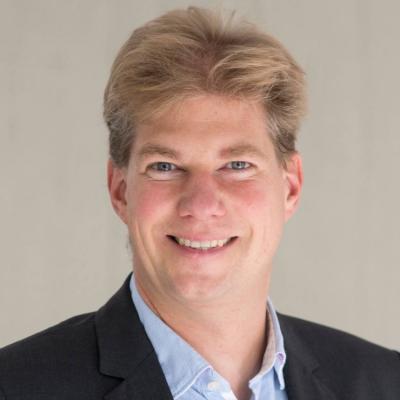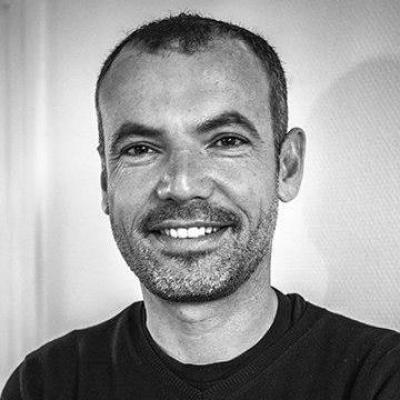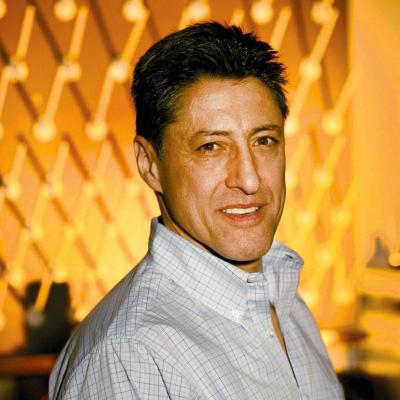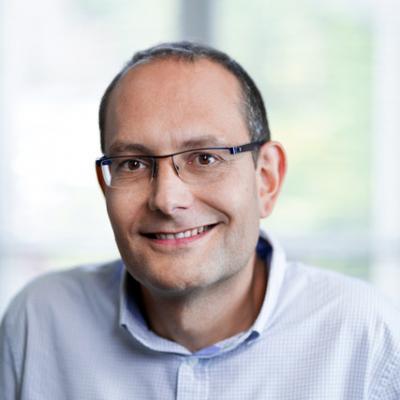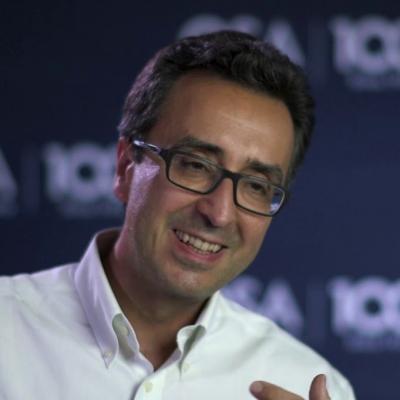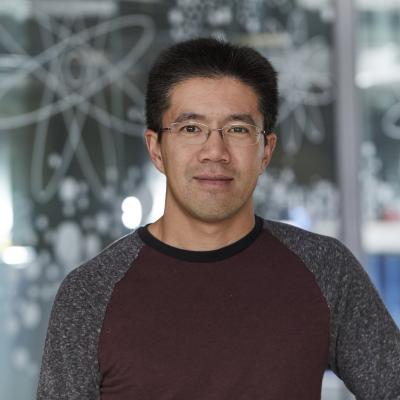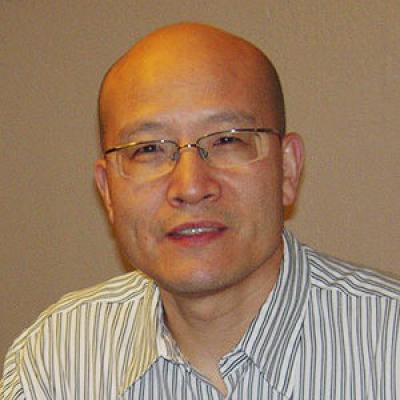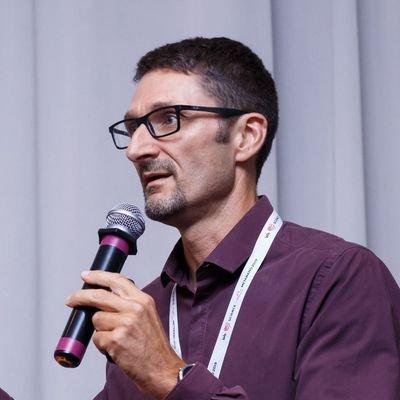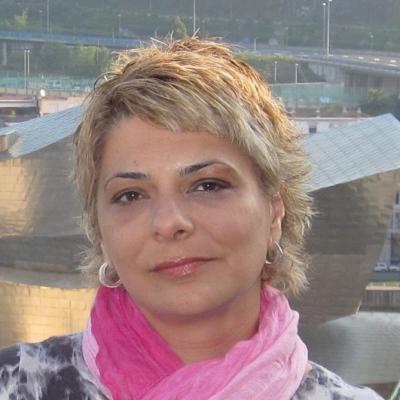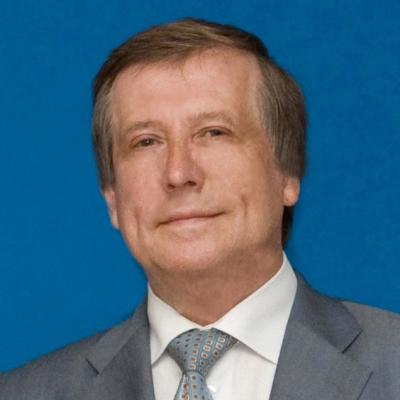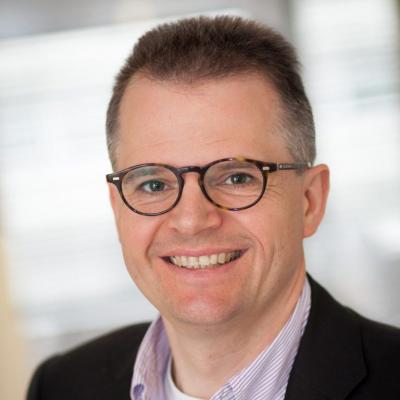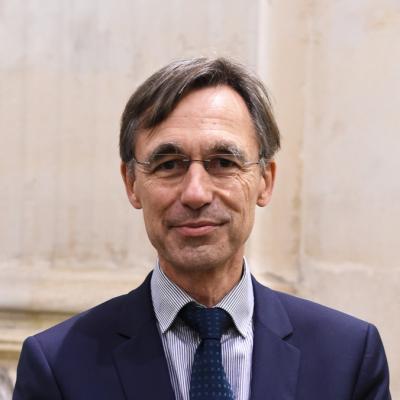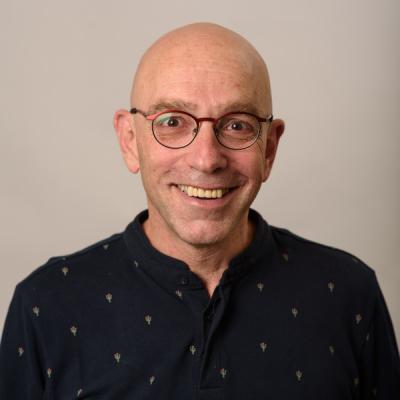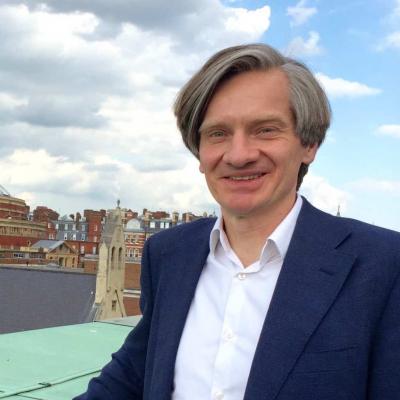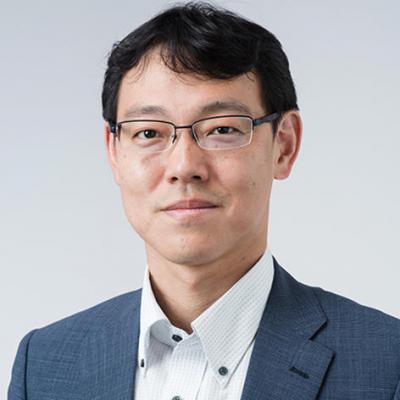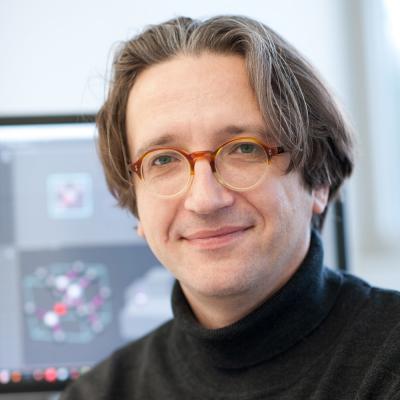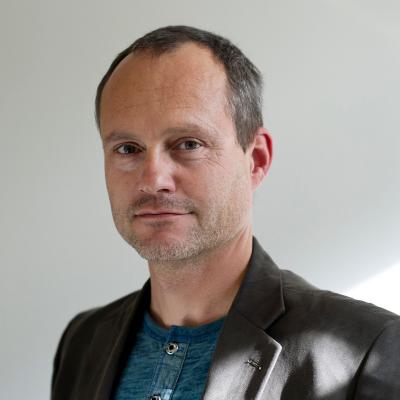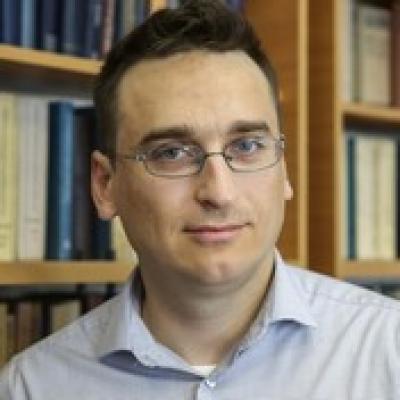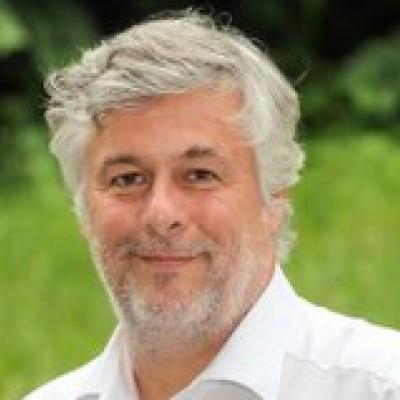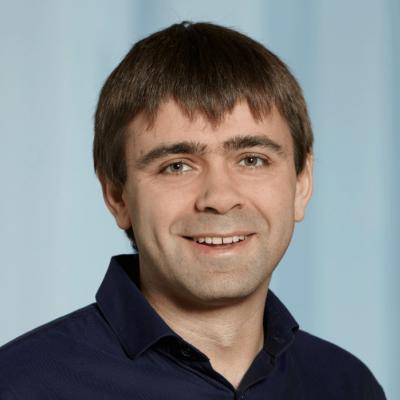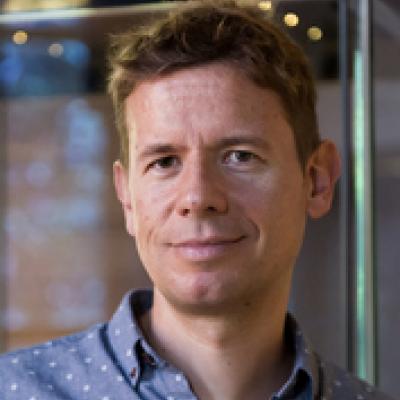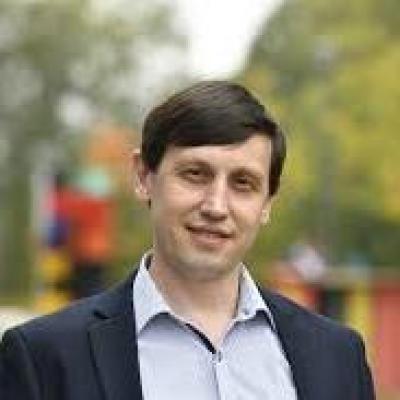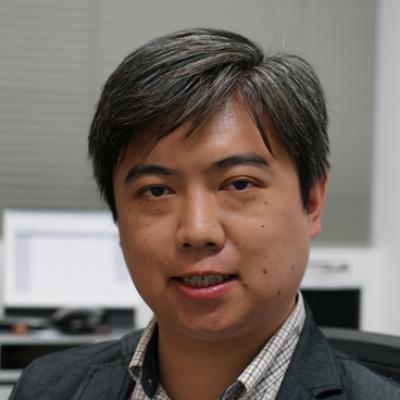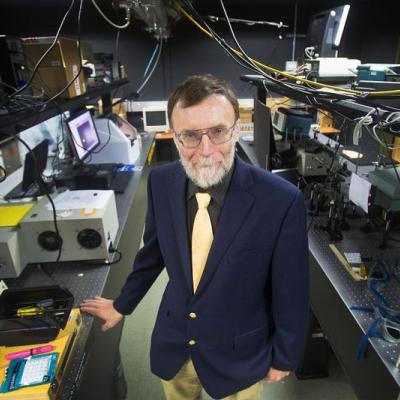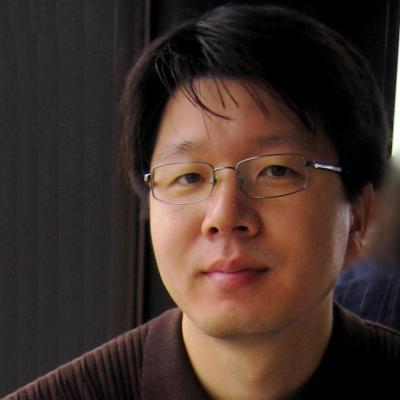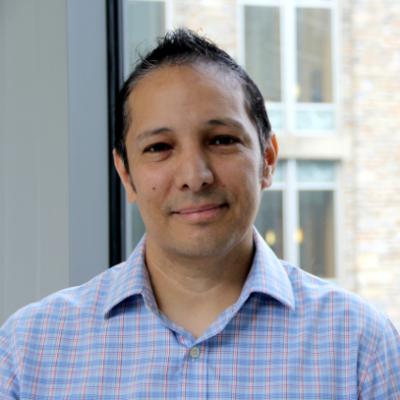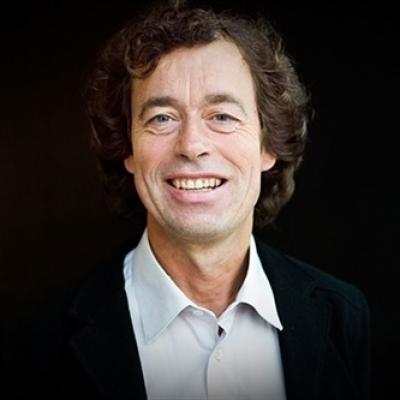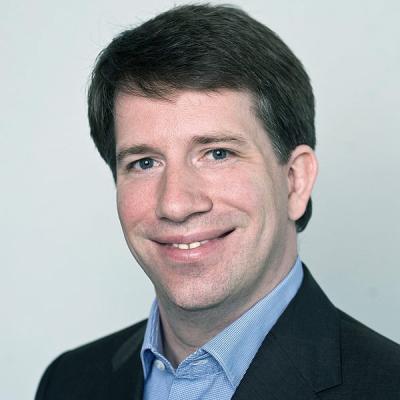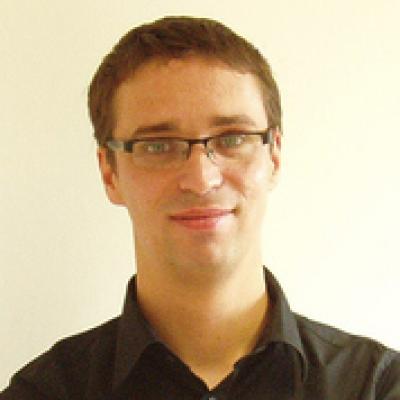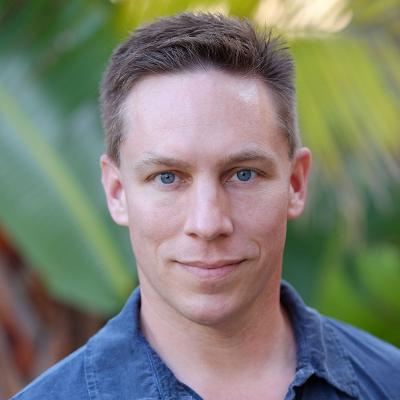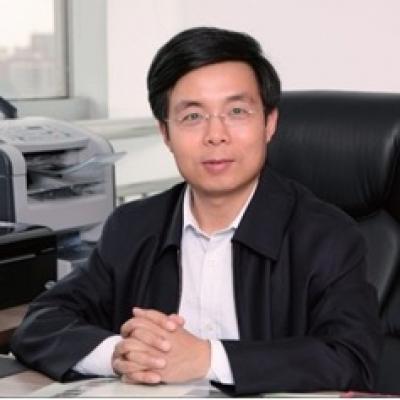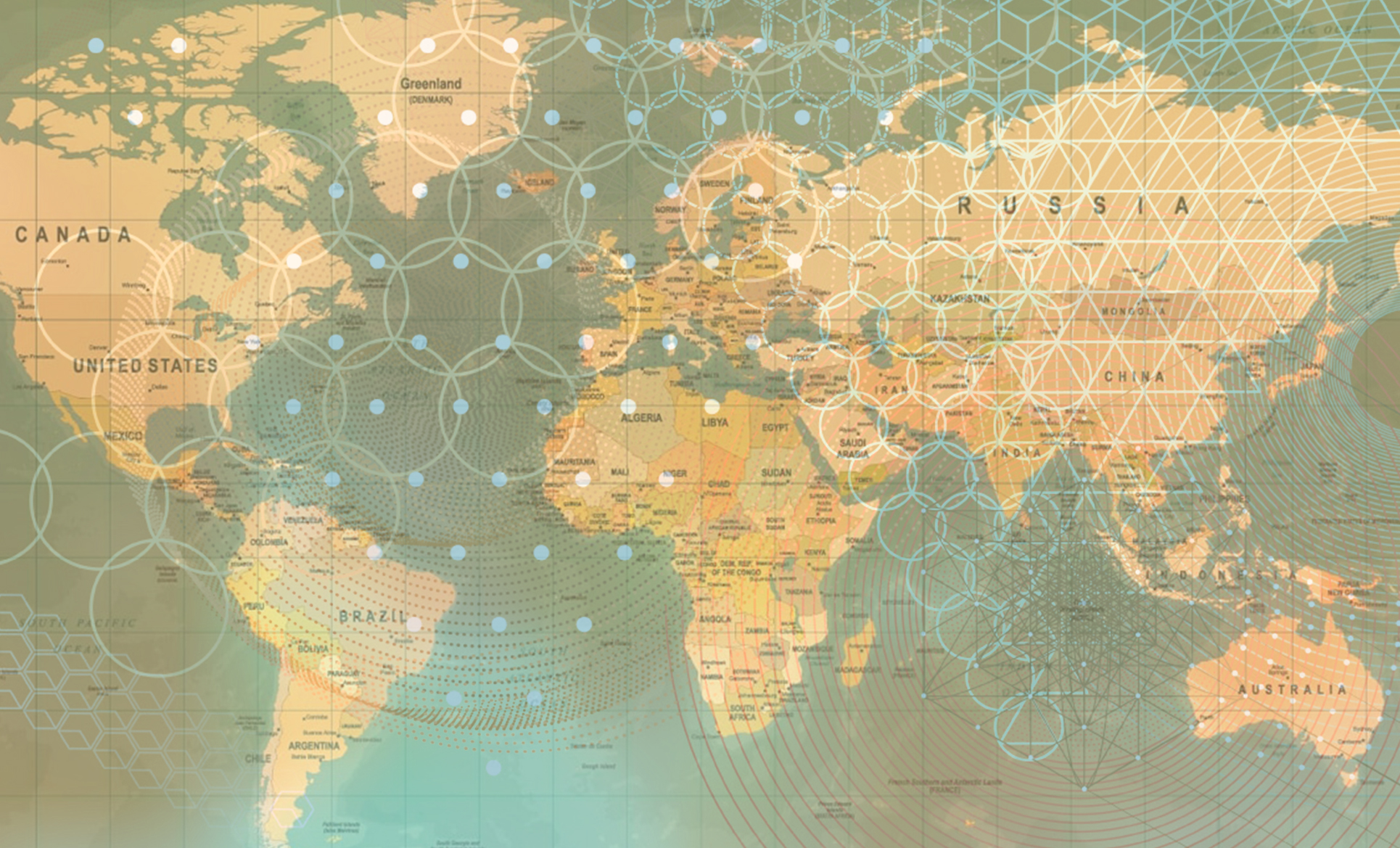
General information
For the last several years the METANANO conference has acquired a
strong reputation among the scientists and is attracting more and more
participants every year from different scientific fields from
fundamental research in Photonics and Plasmonics to business-oriented
projects in RF technologies, Bionanotechnologies and Solar Energy.
The conference is organized by the Department of Physics and Engineering of ITMO University and supported by the Mediterranean Institute of Fundamental Physics.
The safety of our participants is a priority, so with the COVID-19 pandemic METANANO 2020 is moved fully online this year.
We will appreciate your active participation. We truly hope that we
will be able to make the conference useful and pleasant for the
community despite everything.
Save the date and see you online!
METANANO Organizing Committee is committed to enhancing diversity and promoting equality of
opportunities among the speakers, session chairs, participants,
organizers and committees, and to support and promote a culture that
actively values difference and recognizes that people from different
backgrounds and experiences can bring valuable insights to the event.
We aim to be an inclusive conference, committed to providing equal
opportunities to the researchers of all backgrounds and career stages
working in our field and allowing people to participate meaningfully in
the event, actively engage in discussions and feel included in both the
scientific program and social activities. You can find the METANANO Equality and Diversity Statement here.
General
information
PROCEEDINGS PUBLICATION
Submission of conference paper

Please use Microsoft Word or LaTeX templates. Paper length should be 3-4 pages.
Conference Format

Language

All contributions should be presented in English that is the official language of the Conference. No simultaneous translation services will be provided.
Proceedings publication
All submitted papers (3-4 pages in length) will
be reviewed by at least two independent reviewers. The reviewers are
encouraged to give constructive comments and suggestions to the authors.
The authors of accepted papers will receive the review comments and
recommendations and will have a possibility to amend their papers based
on the review comments and suggestions and upload the revised versions
before June 15, 2020.
The final versions of the Conference Proceedings will be published in AIP Conference Proceedings indexed in Scopus and WoS.
The downloadable packages contain the AIP Conference Proceedings templates, together with the License to Publish Agreement and other additional documents you may need. The packages also contain detailed advice on preparing your manuscript, including a wide range of examples showing how to prepare and style references. Note that for Invited, Keynote and Plenary speakers short abstracts (~250 words) are acceptable.
Please upload the revised version of your manuscript before June 15, 2020 through a personal page at the Conference website. We remind you that publication of the papers in the peer-reviewed Conference Proceedings is possible only after the payment of the conference registration fee. Please note that manuscript should comply with the official AIP template to be considered for publication.
Proceedings
publication
TOPICS
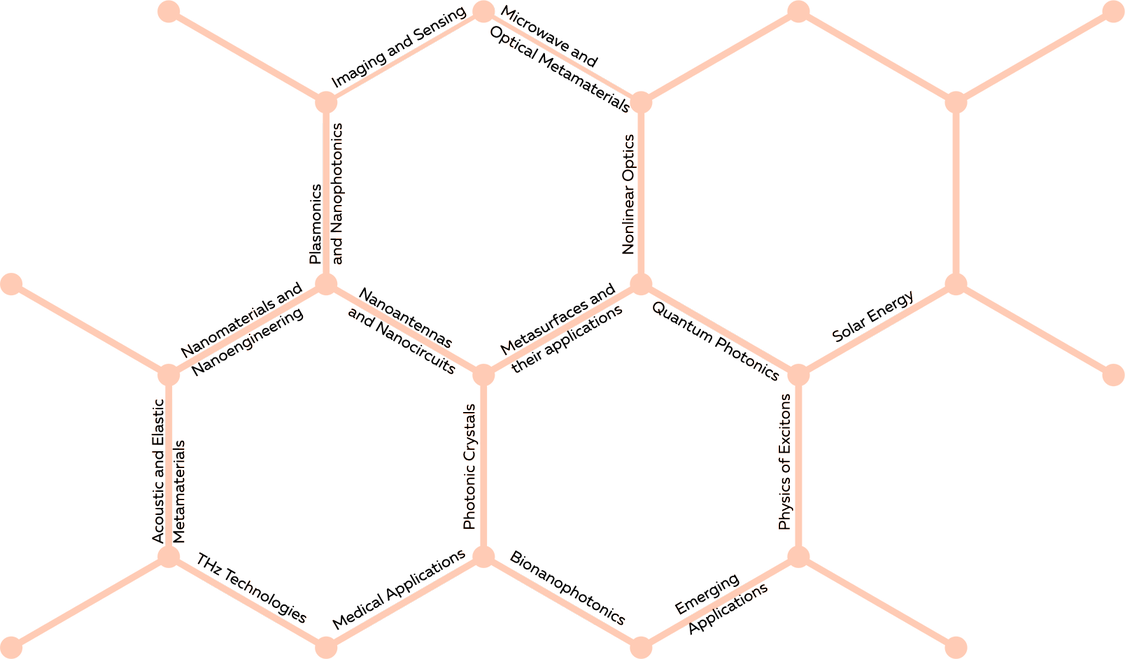
PLENARY SPEAKERS
PLENARY
SPEAKERS
KEYNOTE SPEAKERS
KEYNOTE
SPEAKERS
Round table discussion on
"Gender Diversity in Science"
Round table
discussion
Despite the fact that there is significant progress in reaching gender balance and increasing women representatives in many aspects of STEM, we are still at the beginning of a long way. We hardly can change all the world, but at least we can use the opportunity and platform of the international conference to raise this topic publicly and talk about the invaluable contribution women bring to the community, praise their success, and motivate young girls to pursue careers in STEM.
We truly believe that this discussion will be useful and important to the majority of the participants and even wider.
TOPICS:
Dr. Daria Kozlova,
"Beyond gender equality: ITMO's progress drivers"
Dr. Sylvie Lebrun,
"Short testimony of a French woman researcher in a men's world"
Dr. Alexandra Kalashnikova,
"Let's start from a simple handshake..."
Dr. Viktoriia Rutckaia,
"Should I stay or should I go?"

